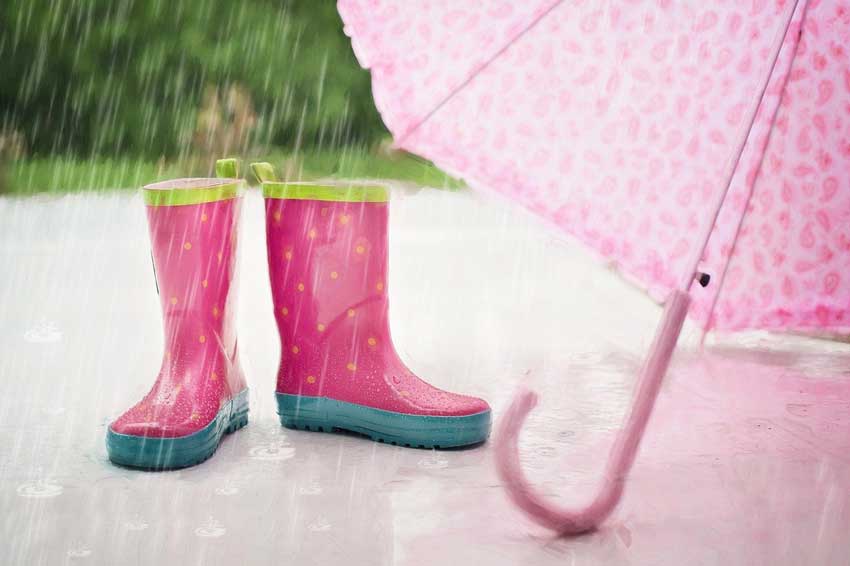
The poet Alfred Tennyson famously wrote that a young man’s fancy turns to love in spring. If that young man owns a septic system, some thought might need to be diverted to making sure it can handle the rains spring brings to the Tri-State area.
Typically, heavy rains most dramatically affect the drainfield portion of a septic system. Precipitation can flood the ground around the drainfield, which cleanses water before it dissipates into the surrounding soil. Your septic tank is designed to handle some wastewater, but copious amounts of rainwater coupled with that wastewater can equal more liquid than the tank can take.
That could mean wastewater exiting your septic system — never a positive outside very specific, controlled circumstances — either in the form of backing up into drains and toilets inside the house, or pooling in your yard.
The result of this could be disastrous and disgusting: raw sewage meeting groundwater.
There are, fortunately, ways to prepare for the rainy season and protocol to follow during rainstorms that can lessen the likelihood of bad outcomes:
- If your septic tank is full, have it pumped.
- Ensure septic ports and covers are sealed properly.
- Direct runoff from your house’s gutters away from the drainfield.
- Don’t park your vehicle or drive on the drainfield. These are intricate and somewhat fragile, and compacting them will decrease the amount of water drainfields can capably handle.
- Remember extra water means extra work for your septic system, so during rainstorms or when the ground is saturated, don’t do anything that requires a lot of water inside and don’t flush anything that you shouldn’t.
- Keep your system in good shape and well-serviced long before the rainy season arrives — as Benjamin Franklin said, an ounce of prevention is worth a pound of cure.
As always, consult with a professional like Little’s if you have any other questions or concerns, and have your system examined if you notice anything amiss.

